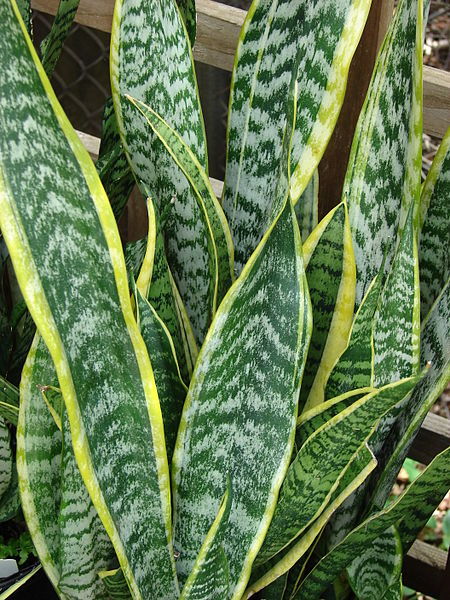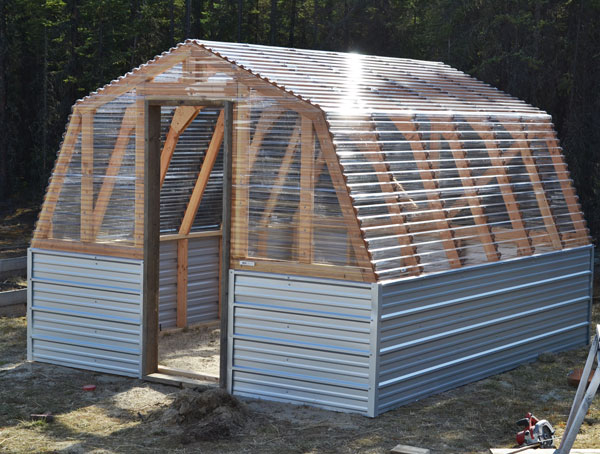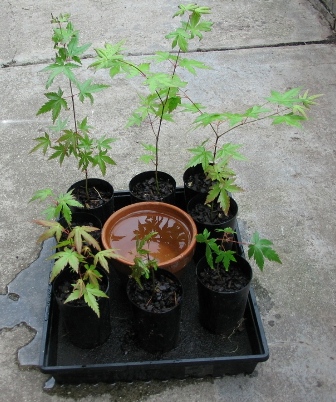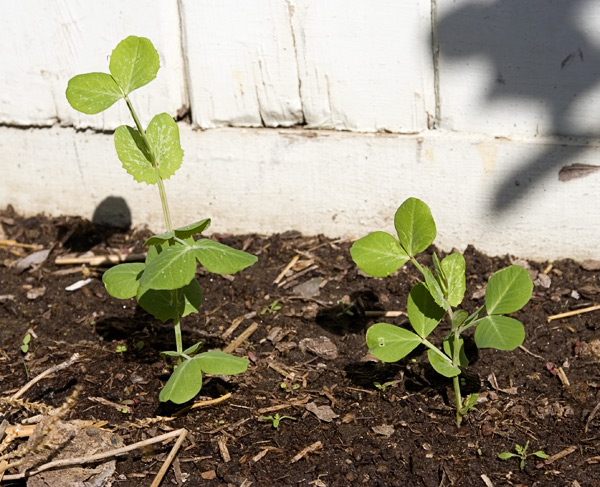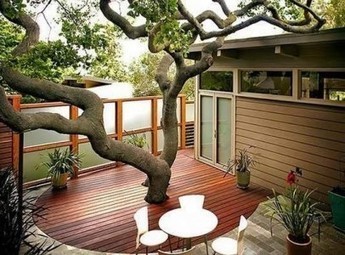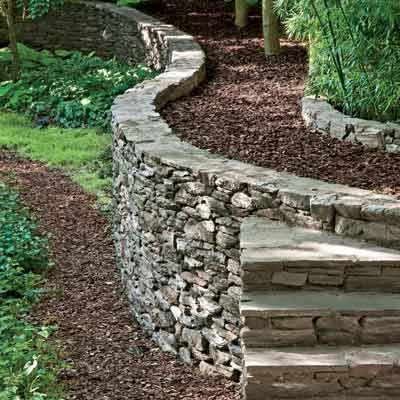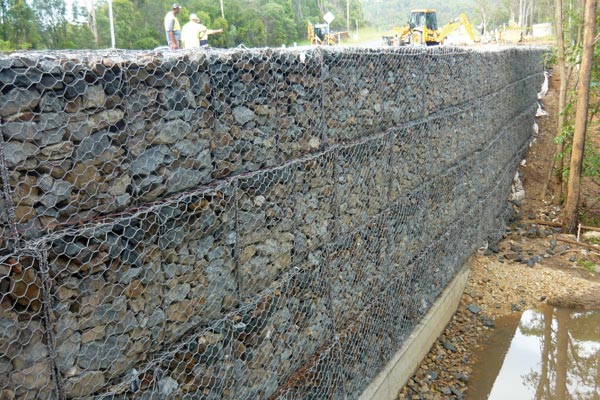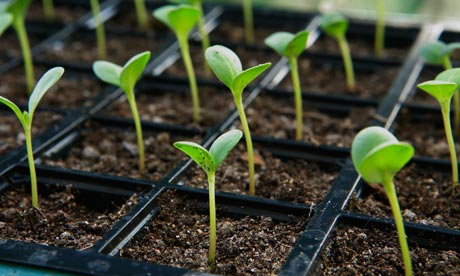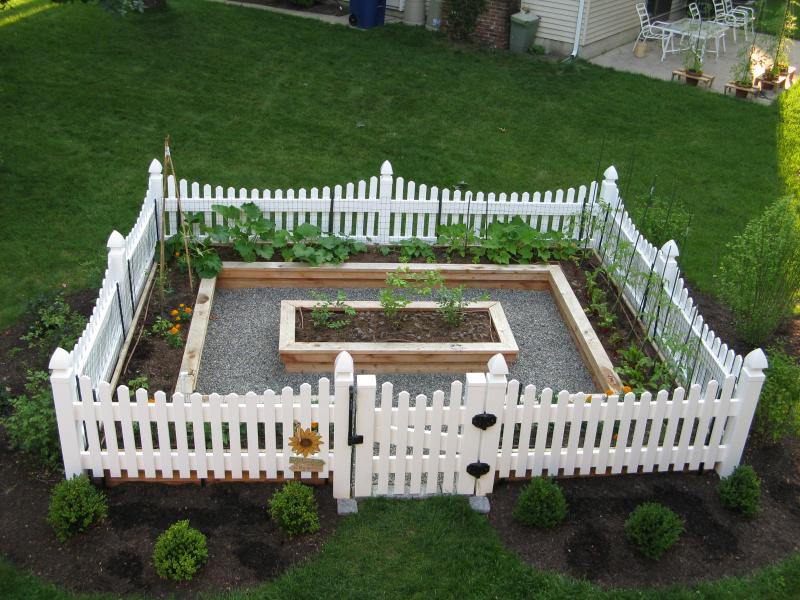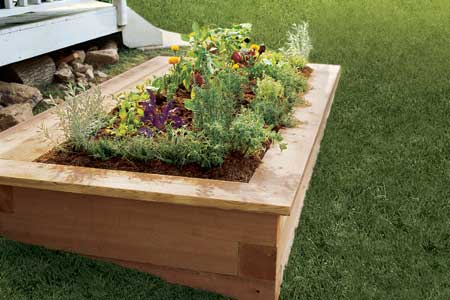It is a proven fact that improving the look and quality of your lawn can raise the value of your property. Here's 9 tips on creating and maintaining the perfect lawn.
1. Choose the right seed for your area. Some grass types will thrive and others will not so it is important to have the grass type sorted before seeding.
2. Prepare the soil for the seed. Raking the soil 10-20cm deep is essential in providing the best conditions for the seed. Once raked, smooth and pack in the soil. This is best done with a roller.
3. Lawn edging makes a lawn look 100% better. A fine, easily determined edge will ensure the grass will look tidy and be easy to maintain.
4. Cut the grass regularly to ensure thick and healthy growth. A regular cut encourages the grass to bunch up and fight off weeds.
 |
| wrightgardenservice.com |
5. Sow the seed in autumn. This is the best time for grass to be sown as it is still warm but offers natural watering too.
6. Providing adequate drainage is important in the reduction of weed growth and a healthy, non-patchy lawn.
7. Use a weedkiller that wont kill the grass to get rid of the prickles in the lawn. The best time to do this is spring.
8. Aerate the lawn using an aerator machine or garden tools by punching holes in the soil. This will improve the composition of the soil.
9. Fertilize your lawn in autumn and spring for best growth. If the lawn in new, you will need to be careful with what product you pick as some fertilizers can burn young grass.












